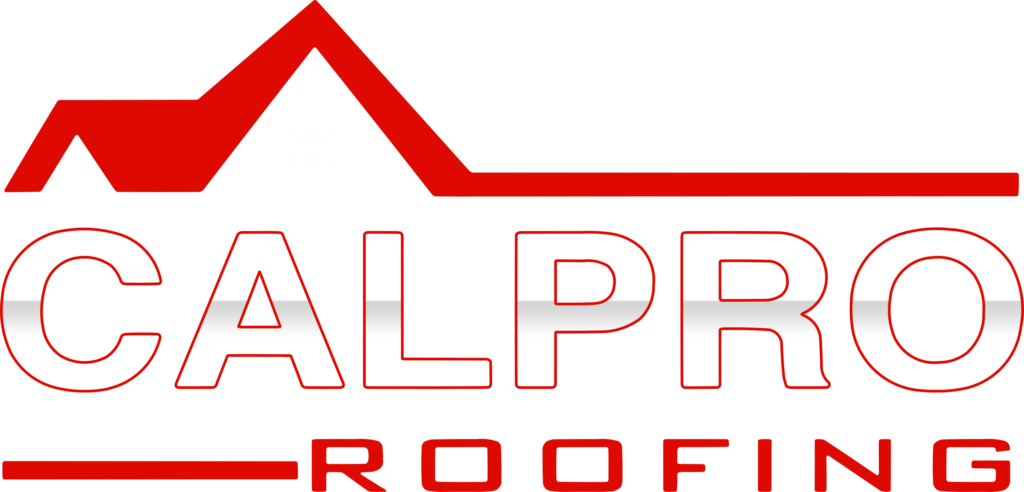Commercial Foam Roofing

foam
COMMERCIAL
Foam Roofing Advantages
- Flexible and Seamless: Because foam roofing is applied as a liquid (which expands during application), it forms a continuous, seamless, protective barrier around vents, pipes and other protrusions through the roof. This is particularly handy on commercial buildings where many perforations are necessary. It is also self-flashing, thereby eliminating the need and cost of flashing materials.
- Environmentally Friendly — Foam roofs require a minimum of upkeep, which means less waste and repair. In addition, with the proper coating, foam roofing reflects heat, thus reducing the amount of heat trapped in urban areas — an effect known as an urban heat island.
- Light Weight: Foam is about one-eighth the weight of traditional roofing materials. This allows more flexibility in architectural design and a terrific cost savings since it eliminates the need for structural reinforcement of a building to carry the weight load of other types of materials.
- Durability: In combination with a protective coating, foam roofing is very resistant to weather and storm damage, and requires minimal maintenance and repair.
- Cost Effective — Foam roofing is one of the least expensive alternatives for commercial roofing application. It is also one of the easiest to apply thus reducing labor costs.
- – Materials like slate are extremely heavy and may not be suitable for certain types of roofs. Although asphalt shingles are not the lightest material (foam has that honor), they are compatible with almost every roof type.
Foam roofing repair and maintenance
Foam roofing requires infrequent maintenance checks, and repairs are minimal in most cases. Depending on the foam roofing material and roof surroundings (trees, vegetation & debris) a roof inspection may not be necessary for 5 years. The protective coating may need to be reapplied periodically depending on wear. Should the foam roof become damaged — perhaps from storm debris — immediate repair is recommended to avoid leaks and other problems that may compromise the building envelope.
We love it!
The foam roofers at Roofing Southwest have over 40 years of experience with foam and commercial roofing. This may be our favorite type of roof to install, replace or repair. It is so easy to work with and allows us to tightly seal a roof from the elements.

Commercial Roofing Applications

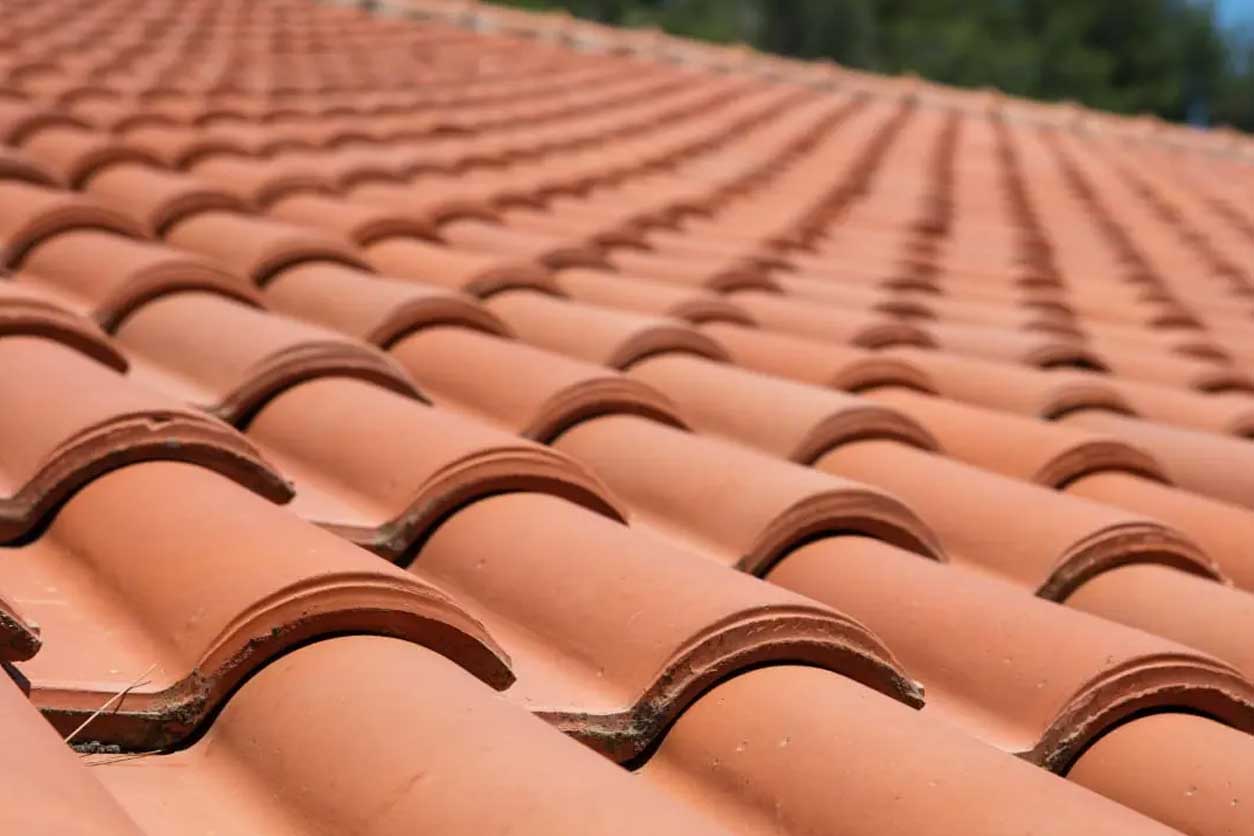
Tile
LEARN MORE
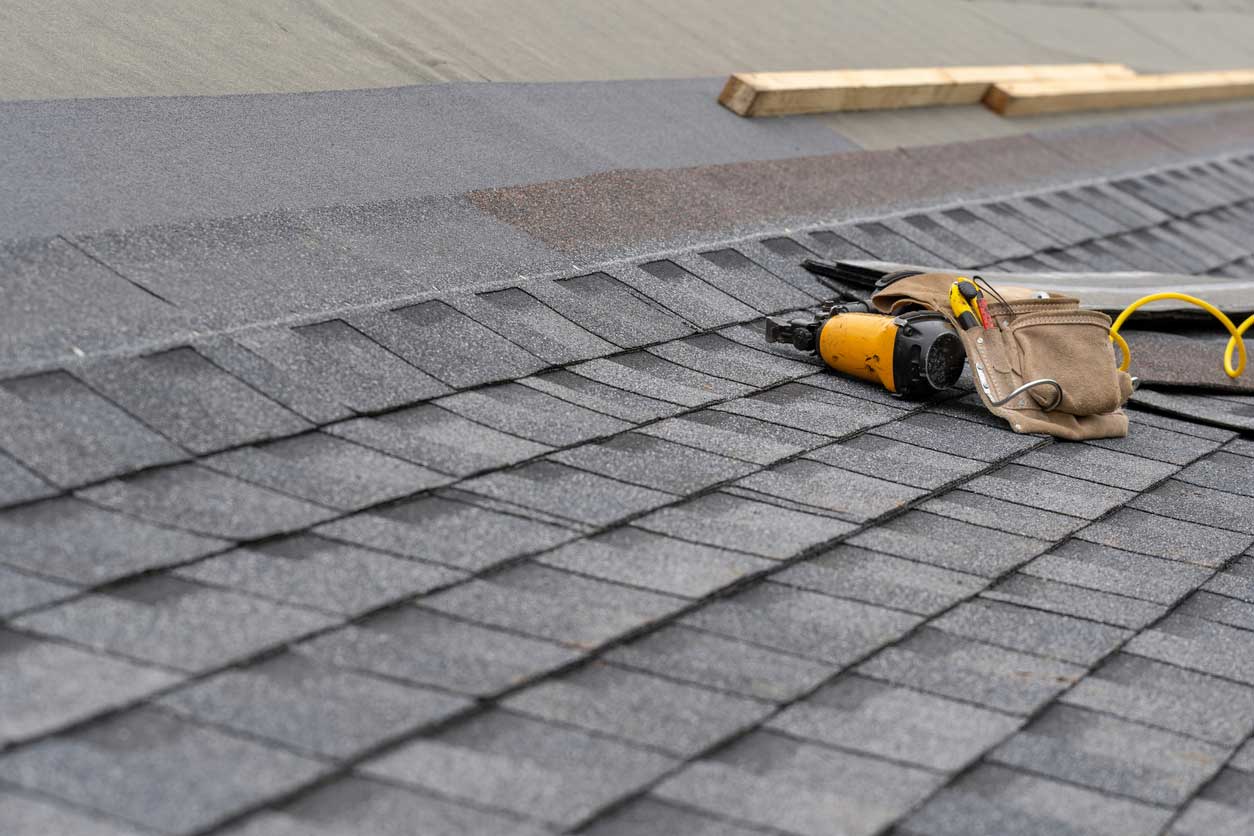
Shingle
LEARN MORE
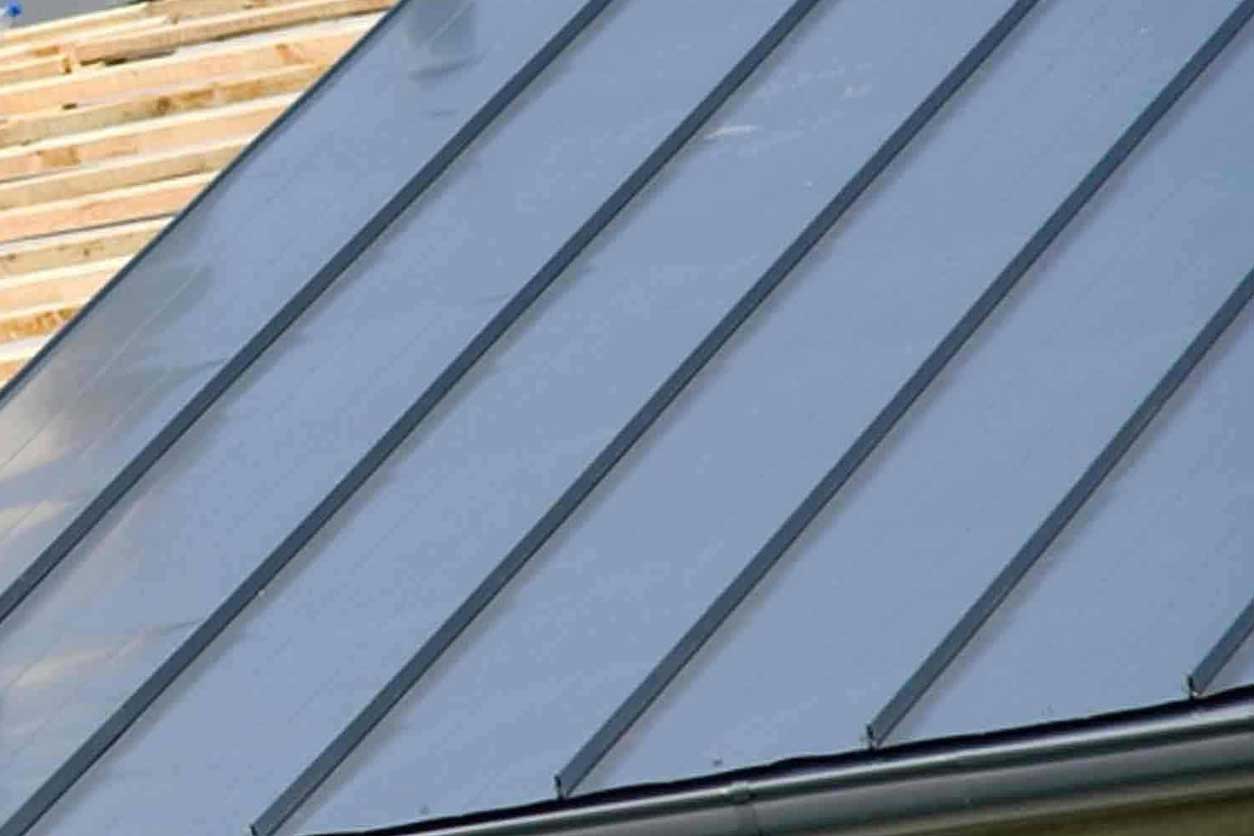
metal
LEARN MORE
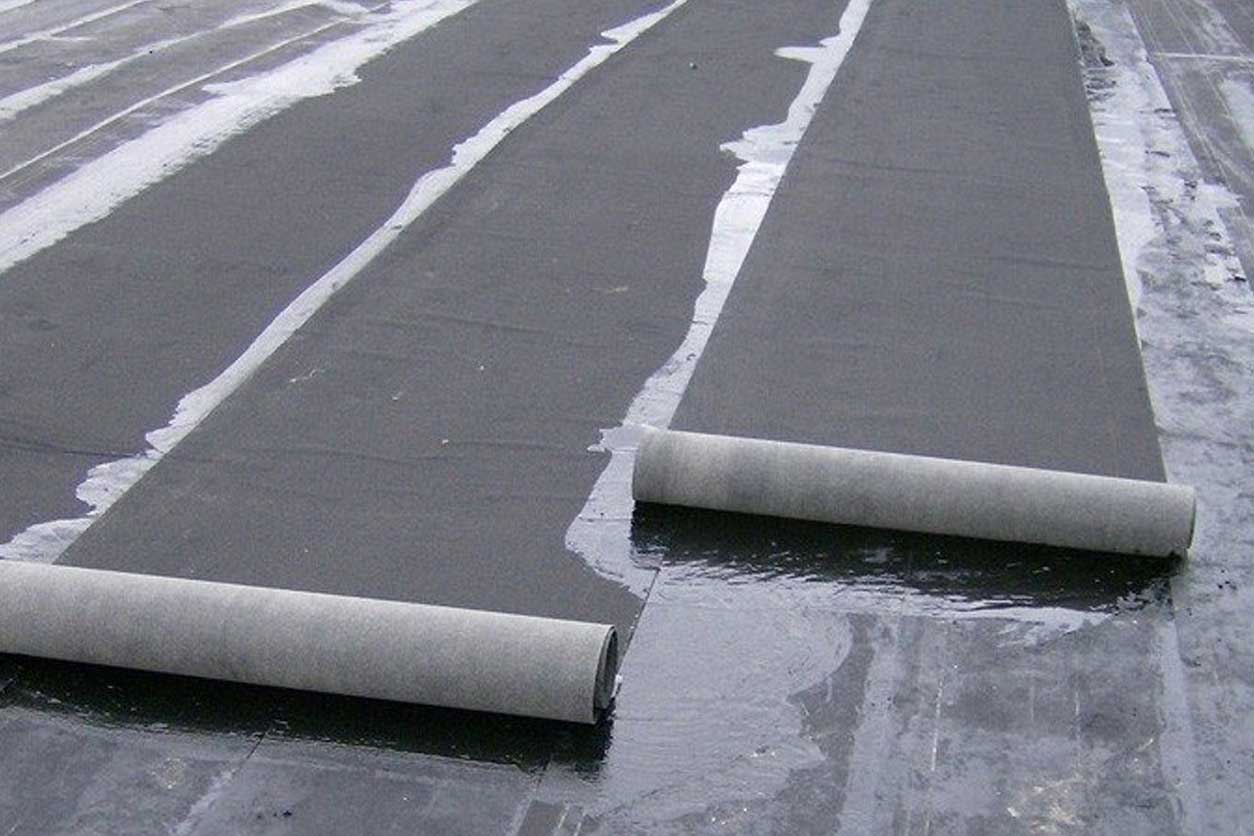
Modified bitumen
LEARN MORE
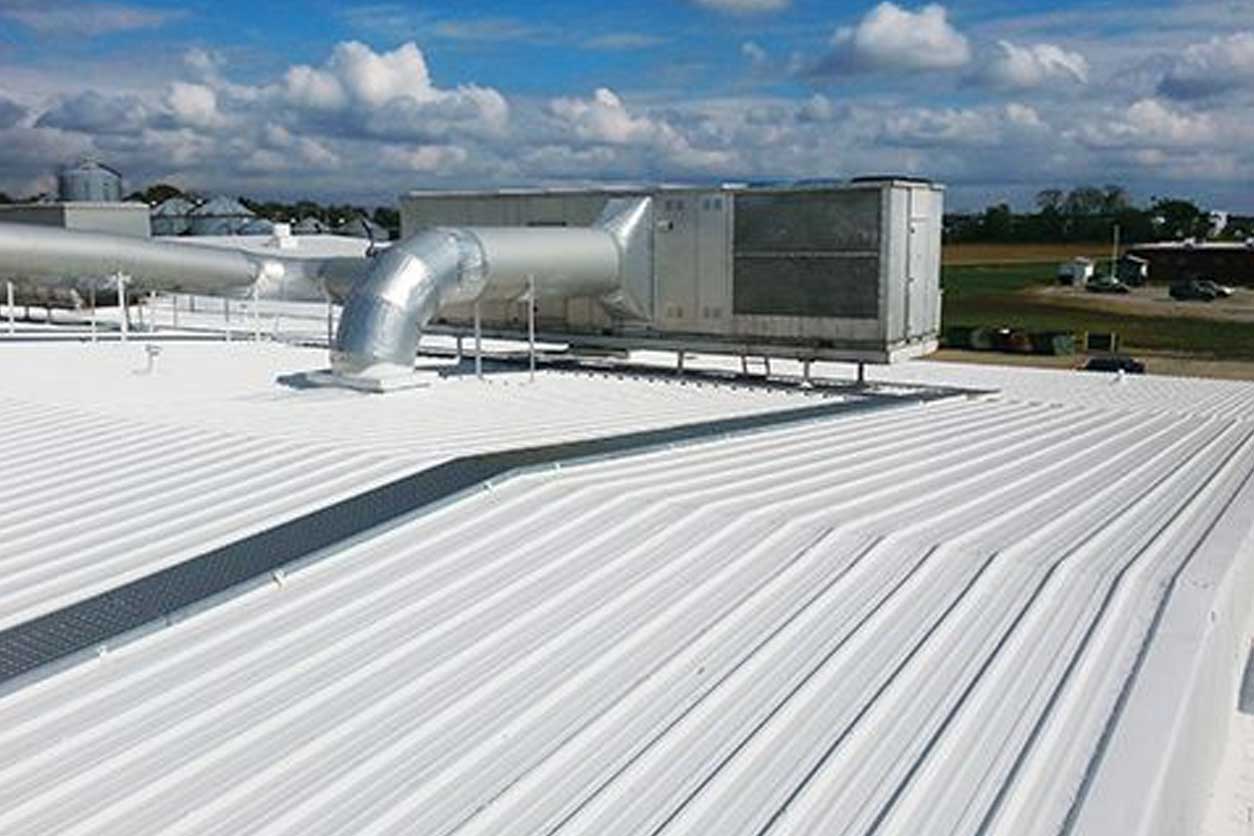
coatings
LEARN MORE

Built up
LEARN MORE
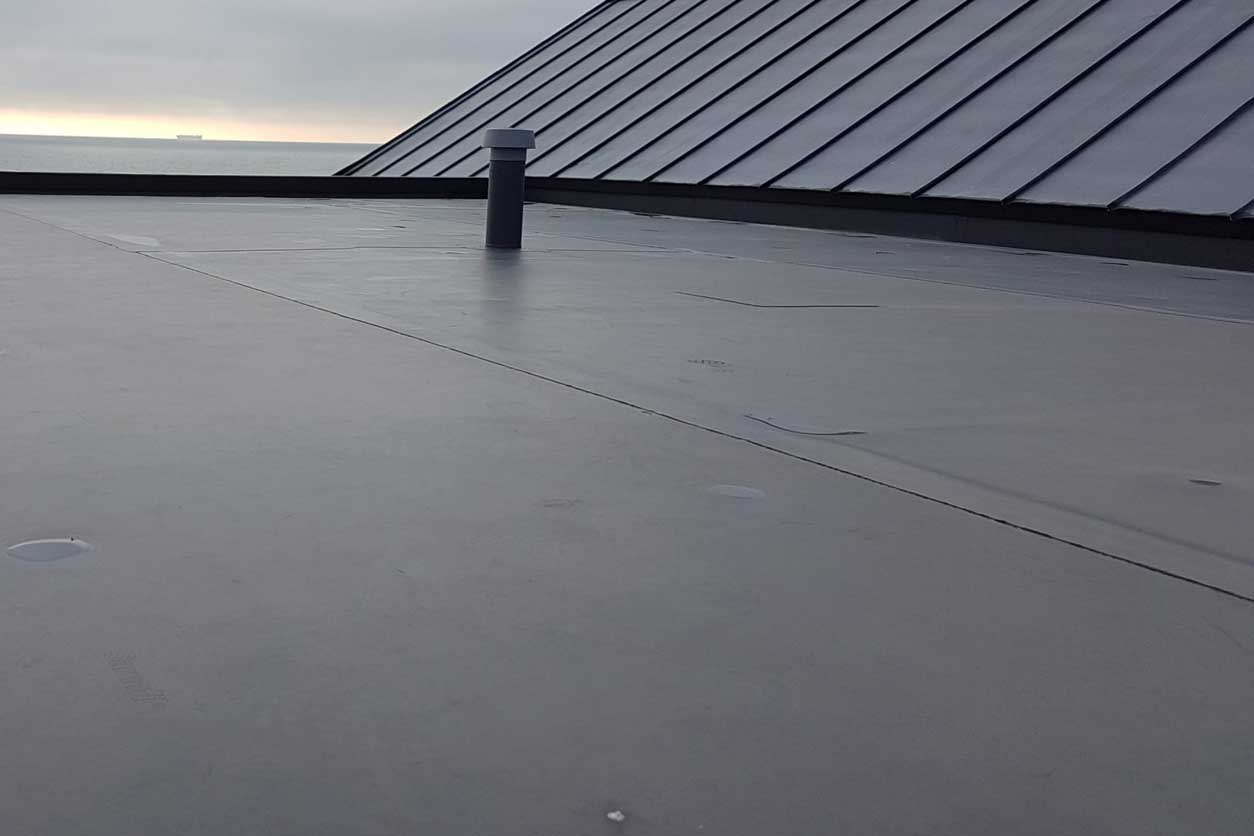
single ply
LEARN MORE

foam
LEARN MORE
